(S)-(-)-1-Amino-1-phenylpropane
Synonym(s):(S)-(−)-1-Phenylpropylamine
- CAS NO.:3789-59-1
- Empirical Formula: C9H13N
- Molecular Weight: 135.21
- MDL number: MFCD00082356
- EINECS: 455-040-5
- SAFETY DATA SHEET (SDS)
- Update Date: 2024-07-15 20:03:10

What is (S)-(-)-1-Amino-1-phenylpropane?
The Uses of (S)-(-)-1-Amino-1-phenylpropane
(S)-(-)-1-Amino-1-phenylpropane is used in the synthesis of a new series of L-Aspartyl-D-amino amide sweeteners. They contain a sweetness potency 2000 times that of a 10% sucrose solution. Also, a molecul ar determinant of substrate specificity for transaminases, owing to its chiral carbon.
The Uses of (S)-(-)-1-Amino-1-phenylpropane
For synthesis of optically active products
The Uses of (S)-(-)-1-Amino-1-phenylpropane
(S)-(?)-α-Ethylbenzylamine can be used:
- To prepare optically active copolyacrylate polymers with sensing and chiroptical properties.
- As a chiral auxiliary in the preparation of enantioenriched indanone derived α-SCF2H β-keto esters.
Properties of (S)-(-)-1-Amino-1-phenylpropane
| Melting point: | -69°C |
| Boiling point: | 205°C |
| alpha | -20 º (neat) |
| Density | 0.940 g/mL at 20 °C(lit.) |
| vapor pressure | 26.5Pa at 20℃ |
| refractive index | n |
| Flash point: | 77°C |
| storage temp. | under inert gas (nitrogen or Argon) at 2–8 °C |
| solubility | soluble in Chloroform, Ethanol. Methanol |
| pka | 9.34±0.10(Predicted) |
| form | clear liquid |
| color | Colorless to Light yellow to Light orange |
| optical activity | [α]20/D 20±2°, neat |
| Sensitive | Air Sensitive |
| BRN | 2412016 |
| CAS DataBase Reference | 3789-59-1(CAS DataBase Reference) |
Safety information for (S)-(-)-1-Amino-1-phenylpropane
| Signal word | Danger |
| Pictogram(s) |
 Corrosion Corrosives GHS05  Exclamation Mark Irritant GHS07  Environment GHS09 |
| GHS Hazard Statements |
H227:Flammable liquids H302:Acute toxicity,oral H314:Skin corrosion/irritation H318:Serious eye damage/eye irritation H401:Hazardous to the aquatic environment, acute hazard H411:Hazardous to the aquatic environment, long-term hazard |
| Precautionary Statement Codes |
P273:Avoid release to the environment. P280:Wear protective gloves/protective clothing/eye protection/face protection. P309:IF exposed or if you feel unwell: P310:Immediately call a POISON CENTER or doctor/physician. P305+P351+P338:IF IN EYES: Rinse cautiously with water for several minutes. Remove contact lenses, if present and easy to do. Continuerinsing. |
Computed Descriptors for (S)-(-)-1-Amino-1-phenylpropane
(S)-(-)-1-Amino-1-phenylpropane manufacturer
New Products
Tert-butyl bis(2-chloroethyl)carbamate 4-Methylphenylacetic acid N-Boc-D-alaninol N-BOC-D/L-ALANINOL N-octanoyl benzotriazole 3-Morpholino-1-(4-nitrophenyl)-5,6-dihydropyridin- 2(1H)-one Furan-2,5-Dicarboxylic Acid DIETHYL AMINOMALONATE HYDROCHLORIDE 1,1’-CARBONYLDIIMIDAZOLE R-2-BENZYLOXY PROPIONIC ACID 1,1’-CARBONYLDI (1,2-4 TRIAZOLE) N-METHYL INDAZOLE-3-CARBOXYLIC ACID (2-Hydroxyphenyl)acetonitrile 4-Bromopyrazole 5-BROMO-2CYANO PYRIDINE 5,6-Dimethoxyindanone 5-broMo-2-chloro-N-cyclopentylpyriMidin-4-aMine 2-(Cyanocyclohexyl)acetic acid 4-methoxy-3,5-dinitropyridine 1-(4-(aminomethyl)benzyl)urea hydrochloride 2-aminopropyl benzoate hydrochloride diethyl 2-(2-((tertbutoxycarbonyl)amino) ethyl)malonate tert-butyl 4- (ureidomethyl)benzylcarbamate Ethyl-2-chloro((4-methoxyphenyl)hydrazono)acetateRelated products of tetrahydrofuran
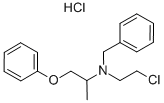


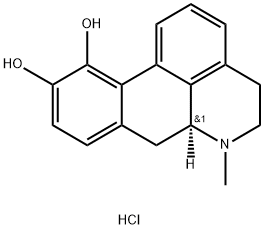
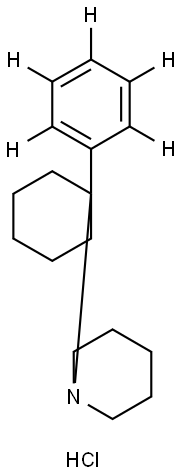
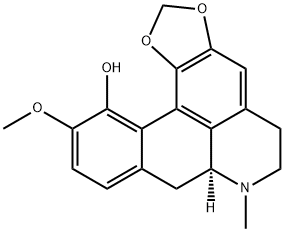
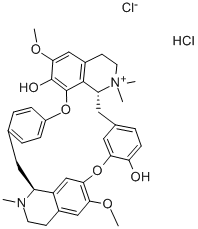
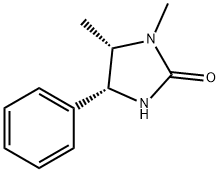
You may like
-
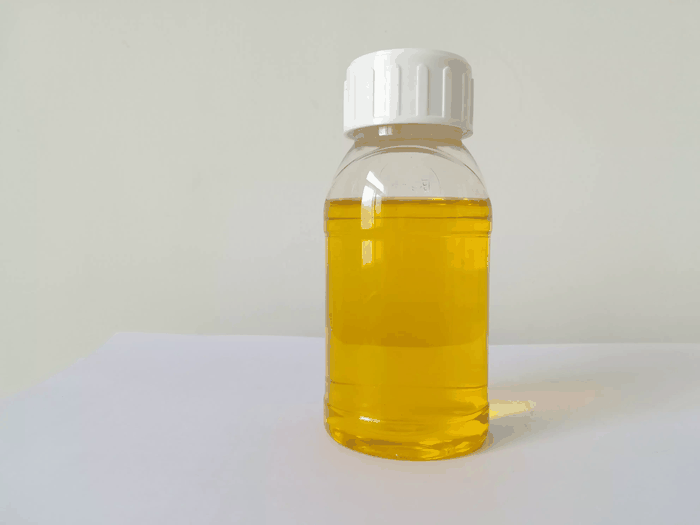 3789-59-1 (S)-1-Phenyl-propylamine 98%View Details
3789-59-1 (S)-1-Phenyl-propylamine 98%View Details
3789-59-1 -
 (S)-(-)-1-Phenylpropylamine CAS 3789-59-1View Details
(S)-(-)-1-Phenylpropylamine CAS 3789-59-1View Details
3789-59-1 -
 1975-50-4 98%View Details
1975-50-4 98%View Details
1975-50-4 -
 2-HYDROXY BENZYL ALCOHOL 98%View Details
2-HYDROXY BENZYL ALCOHOL 98%View Details
90-01-7 -
 2-Chloro-1,3-Bis(Dimethylamino)Trimethinium Hexafluorophosphate 221615-75-4 98%View Details
2-Chloro-1,3-Bis(Dimethylamino)Trimethinium Hexafluorophosphate 221615-75-4 98%View Details
221615-75-4 -
 14714-50-2 (2-Hydroxyphenyl)acetonitrile 98+View Details
14714-50-2 (2-Hydroxyphenyl)acetonitrile 98+View Details
14714-50-2 -
 118753-70-1 98+View Details
118753-70-1 98+View Details
118753-70-1 -
 733039-20-8 5-broMo-2-chloro-N-cyclopentylpyriMidin-4-aMine 98+View Details
733039-20-8 5-broMo-2-chloro-N-cyclopentylpyriMidin-4-aMine 98+View Details
733039-20-8
Statement: All products displayed on this website are only used for non medical purposes such as industrial applications or scientific research, and cannot be used for clinical diagnosis or treatment of humans or animals. They are not medicinal or edible.